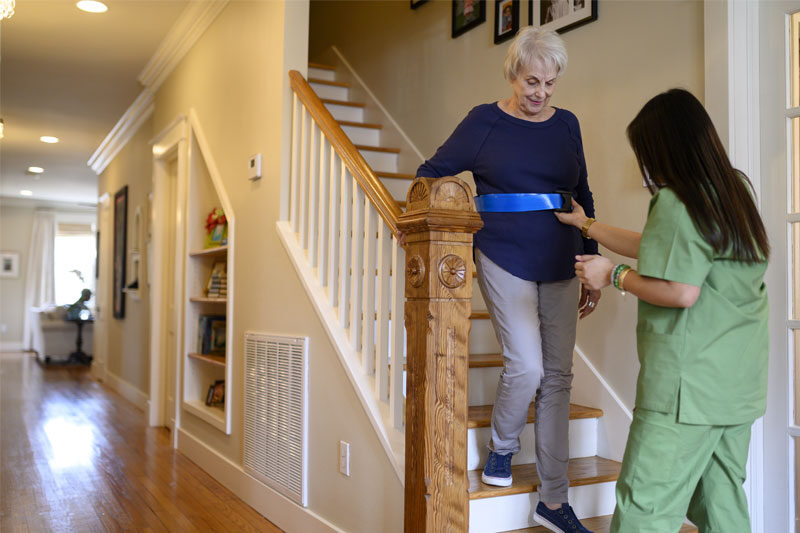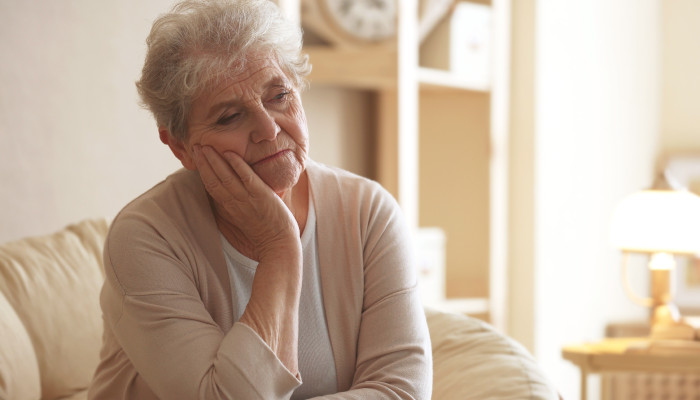The year 2025 is approaching, and with it comes an increasing concern about the statistics on senior falls. As our population ages, understanding these statistics becomes crucial for families and caregivers alike. Ensuring the safety of seniors is a significant responsibility, and knowing what to expect can help in taking proactive measures.

Why Senior Falls are a Growing Concern
Senior falls have become one of the leading causes of injury among the elderly. With the population of seniors growing, these incidents are expected to increase. According to recent studies, nearly 30% of seniors over the age of 65 experience a fall each year. This statistic is expected to rise by 2025, with more seniors living independently.
The Impact of Falls on Seniors
The consequences of falls can be severe, leading to a decline in mobility and independence. Falls can result in broken bones, head injuries, and even death. Moreover, the fear of falling again can significantly impact a senior’s quality of life, leading to reduced physical activity and social interaction.
Understanding the 2025 Predictions
The projections for 2025 indicate that the rate of senior falls will increase due to demographic changes. The baby boomers, who are entering their senior years, contribute to this surge. Experts predict that the number of falls will rise by about 12% by 2025 unless preventive measures are implemented effectively.
Technological Solutions to Prevent Falls
With advancements in technology, innovative solutions are being introduced to help prevent falls. Devices such as smart sensors and fall detection systems are becoming more popular. These technologies can alert caregivers and family members in case of a fall, ensuring prompt assistance. More about these technologies can be found at Fall Detection Systems.
Strategies for Fall Prevention
Preventing falls involves a combination of strategies. Regular exercise, home modifications, and regular health check-ups are essential. Exercise can improve balance and strength, reducing the risk of falls. Home modifications, such as installing grab bars and removing trip hazards, can make living spaces safer.
The Role of Caregivers
Caregivers play a vital role in reducing the risk of falls. By monitoring the health and environment of seniors, they can identify potential hazards and take necessary precautions. Training and awareness programs for caregivers can also be beneficial. More insights on this can be accessed at Elderly Care Solutions.
Community Support and Resources
Communities should offer resources and support systems for seniors and their families. Local health departments and senior centers can provide fall prevention workshops and resources. Access to fall prevention brochures can also aid in educating seniors about safety measures.
Innovative Home Technologies
Technology is playing a critical role in safeguarding seniors. IoT sensors, for instance, can detect unusual movement patterns and alert caregivers. They are discreet and can be installed in homes without compromising privacy. For more information, visit IoT Sensors.
Looking Forward: Preparing for 2025
Preparing for the future involves both individuals and communities adopting a proactive approach. Education, technological adoption, and community engagement are key components. Families should stay informed about the latest advancements and incorporate them into their care plans.
Key Takeaways
As we look towards 2025, it is essential to focus on prevention and preparedness. Senior falls are preventable, and with the right measures, the statistics projected for 2025 can be mitigated. Let us work towards a safer future for our seniors.
Conclusion
The projected statistics on senior falls 2025 are a call to action. By leveraging technology, enhancing caregiver roles, and fostering community support, we can reduce these numbers. The health and safety of our seniors depend on our collective efforts.

FAQ
What are the main causes of senior falls?
Poor balance, muscle weakness, medication side effects, and environmental hazards are common causes.
How can technology help prevent falls?
Technology like fall detection systems and IoT sensors can monitor movement and alert caregivers in case of a fall.
What should caregivers focus on to prevent falls?
Caregivers should focus on regular exercise, home safety assessments, and health monitoring to prevent falls.
This article contains affiliate links. We may earn a commission at no extra cost to you.






